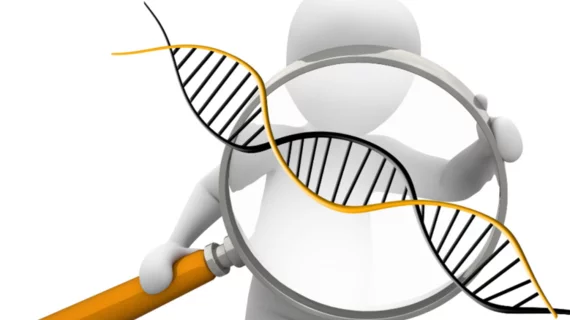Genetic test could quickly identify Kawasaki disease
A 13-gene signature can separate Kawasaki disease (KD) from other febrile and inflammatory conditions, potentially opening the door to blood tests that allow quicker treatment and the prevention of coronary artery aneurysms (CAAs).
CAAs are a common and feared complication of Kawasaki disease because KD shares symptoms with other illnesses, resulting in delayed diagnosis. KD can lead to CAAs in up to 25 percent of untreated children, lead author Victoria J. Wright, PhD, and colleagues noted in JAMA Pediatrics.
KD is a disease in which blood vessels throughout the body become inflamed, and it affects primarily young children and infants. It is the most common acquired heart disease in children, according to a press release.
In studying 404 patients from the United Kingdom, Spain, the Netherlands and the U.S., the researchers identified a 13-transcript signature which distinguished KD from other infectious and inflammatory conditions. There were 78 children who had KD and 326 with other febrile conditions in that patient set, and the signature distinguished KD with an area under the curve (AUC) of 96.2 percent, sensitivity of 81.7 percent and specificity of 92.1 percent.
In a validation cohort of 202 patients—72 with KD; 120 with other conditions—the signature achieved an AUC of 94.6 percent, sensitivity of 85.9 percent and specificity of 89.1 percent.
The current method for diagnosis relies on the identification of at least four of five characteristic clinical symptoms—or fewer criteria if coronary artery abnormalities are detected with echocardiography. But sometimes children with KD don’t neatly fit those diagnostic criteria, resulting in prolonged periods of fever and inflammation and raising the risk for CAAs, the authors said.
“A 13-transcript blood gene expression signature distinguished KD from the range of infectious and inflammatory conditions with which it is often clinically confused,” study coauthor Jane C. Burns, MD, with UC San Diego School of Medicine, said in the release.
“A test incorporating the 13 transcripts might enable earlier diagnosis and treatment of KD, preventing cardiac complications and reducing inappropriate treatment in those with other diseases. Our findings represent a step toward better diagnosis based on molecular signatures rather than clinical criteria.”
According to the authors, the next step is to have engineers design a blood test which can be implemented in emergency departments or hospital laboratory settings.
“We are already in discussions with a number of biotechnology companies that might help us turn our gene signature into a test,” senior study author Michael Levin, a professor of pediatrics and international child health at Imperial College London, said in the release. “If we can develop a test based on our gene signature, this could transform diagnosis and enable early treatment of children affected by the disease.”
The researchers noted their signature was designed to identify KD within the first seven days of illness. It was largely successful but was less accurate after that time point—necessitating additional research to “establish the optimal signature for diagnosis in patients with KD with late presentation.”

